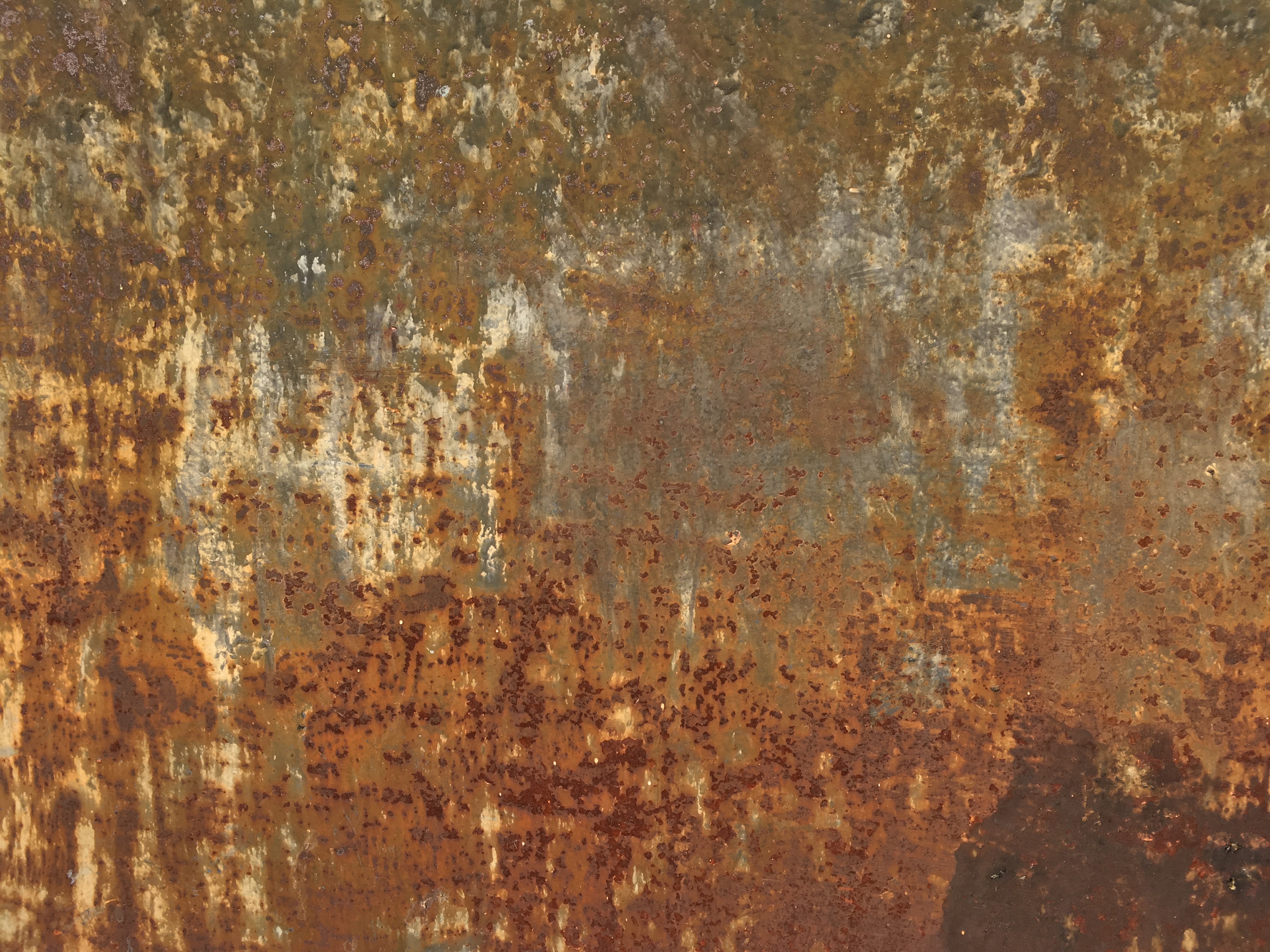
1
In the context of product design, we can generally distinguish several basic groups of materials. One of them is metals - elements widely used for their physical properties. They can be combined with other metals (alloys) or non-metallic elements to modify properties.
The most commonly used metals are iron and aluminium. They are relatively easy to process and easy to sort thanks to magnetic properties. The disadvantage of most metals is that they corrode easily. Corrosion can be prevented by surface treatments, which can complicate or prevent the subsequent reuse of the material.2
Metals occur in nature mostly in the form of minerals (ores) and in order to convert them into pure metal, oxidation-reduction reactions are required. For example, gold, copper and platinum are naturally available.3
The world's major deposits of these non-renewable minerals are recorded by resourcewatch.org.
Metallurgy entails a number of negative environmental impacts as well as ethical issues regarding working conditions in this sector.
Metals occur in nature mostly in the form of minerals (ores) and in order to convert them into pure metal, oxidation-reduction reactions are required. For example, gold, copper and platinum are naturally available.3
The world's major deposits of these non-renewable minerals are recorded by resourcewatch.org.
Metallurgy entails a number of negative environmental impacts as well as ethical issues regarding working conditions in this sector.
1 METAL Photo by Takis Politis on Unsplash
2 HAFFMANS, Siem, et al. Products That Flow: Circular Business Models and Design Strategies for Fast-Moving Consumer Goods. 1. Amsterdam: BIS Publishers, 2018, pp. 91-99. ISBN 978-90-6369-498-2.
3 KULA, Daniel, Elodie TERNAUX and Quentin HIRSINGER. Materiology: A Guide to the World of Materials and Technologies for Architects and Designers. Prague: Happy Materials, c2012. ISBN 978-80-260-0538-4.
2 HAFFMANS, Siem, et al. Products That Flow: Circular Business Models and Design Strategies for Fast-Moving Consumer Goods. 1. Amsterdam: BIS Publishers, 2018, pp. 91-99. ISBN 978-90-6369-498-2.
3 KULA, Daniel, Elodie TERNAUX and Quentin HIRSINGER. Materiology: A Guide to the World of Materials and Technologies for Architects and Designers. Prague: Happy Materials, c2012. ISBN 978-80-260-0538-4.